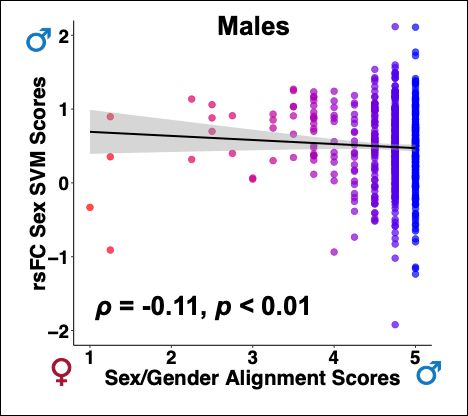
In my study, 46% of girls scored below the highest possible score on the Youth Self-Report Gender Questionnaire, placing them in the unaligned category.
In my study, 46% of girls scored below the highest possible score on the Youth Self-Report Gender Questionnaire, placing them in the unaligned category.
@roselynechauvin.bsky.social @gordonneuro.bsky.social @benjaminkay.bsky.social Babatunde Adeyemo Aristeidis Sotiras @ndosenbach.bsky.social
@roselynechauvin.bsky.social @gordonneuro.bsky.social @benjaminkay.bsky.social Babatunde Adeyemo Aristeidis Sotiras @ndosenbach.bsky.social









